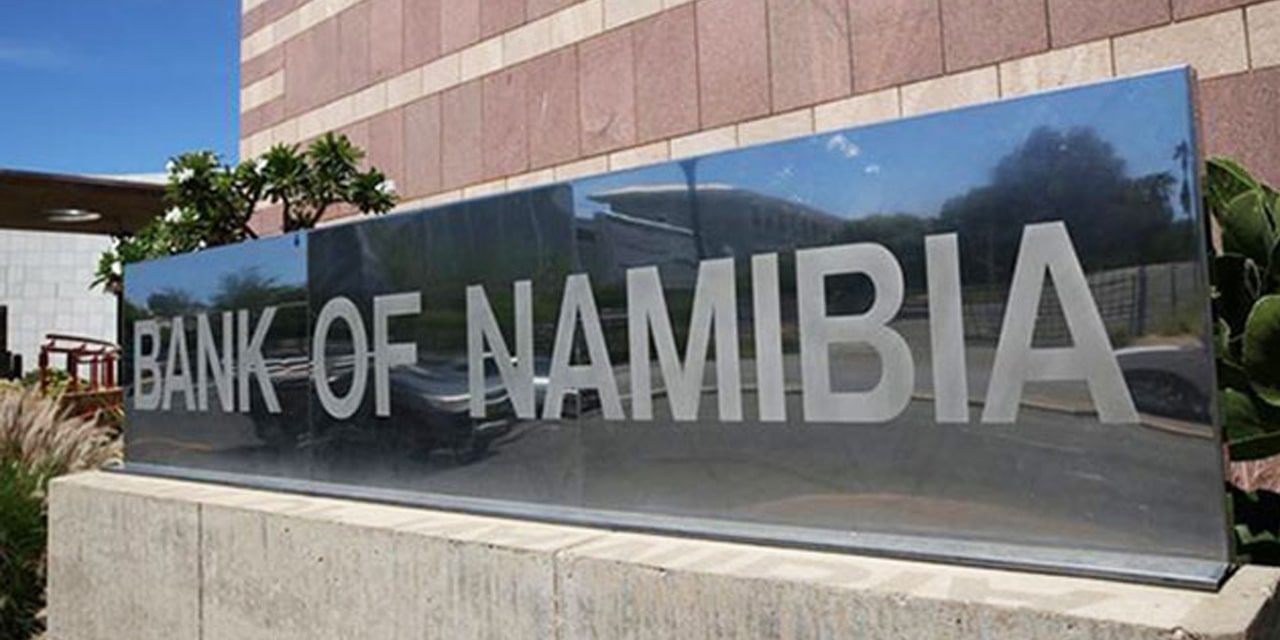The Bank of Namibia’s stock of international reserves decreased in May, according to Bank of Namibia statistics.
The stock of international reserves decreased to N$49.7 billion in May relative to the N$51.8 billion at the end of April.
The decrease was on account of net commercial bank outflows as a result of portfolio investment and import payments.
The central bank said the foreign reserves translated into 5.2 months of import cover at this level remaining above the international benchmark and adequate to support the currency peg between the Namibia Dollar and the South African Rand.
The bank said the overall liquidity position of the banking industry remained elevated despite trending lower in May. The industry’s cash balances averaged N$10.9 billion in May, depicting a month-on-month decrease of N$153.3 million.
The slight month-on-month decline in market cash balances was due to corporates gearing up for corporate tax payments and partial outflows from Heineken/Namibia Breweries Limited funds, the central bank said.
It added that on an annual basis, growth in loans extended in the form of mortgage credit slightly edged up to 0.9 percent in May compared to the 0.8 percent posted in April.
The slight uptick in mortgage credit growth stemmed from a steady demand from the household sector over the period under review, the central bank added.
Growth in instalment sales and leasing credit stood at 8 percent, higher than the 6.8 percent in the previous month. The rise mainly stemmed from an increase in demand from both the household and business sectors more specifically car rental agencies during the period under review.
The annual growth in other loans and advances stood at 1.6 percent in May, lower than the 6.9 percent recorded in April. The decline in growth stemmed from lower demand especially by households and higher net repayments by corporates during the period under review.
Overdraft credit contracted by 1.2 percent in May, relative to a contraction of 1.8 percent at the end of the preceding month.
The contraction stemmed from increased net repayments by corporates in the services sector coupled with a lower uptake from households in the review period.
Credit advanced to households rose moderately by 5.2 percent year-on-year at the end of May, slightly higher compared to the 5.1 percent reported at the end of the previous month. Demand for credit with respect to mortgage loans, personal loans and credit cards rose, contributing to this growth.
Credit extended to businesses contracted by 3.4 percent in May relative to a less steep contraction of 0.8 percent in April. The decline stemmed from repayments made in the form of other loans and advances, overdraft and mortgage credit by corporates in the services sector as well as the manufacturing sector, coupled with lower demand in the review period.




